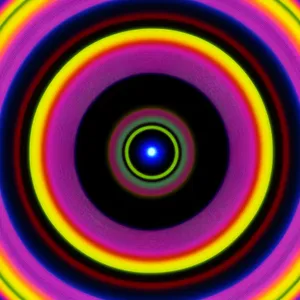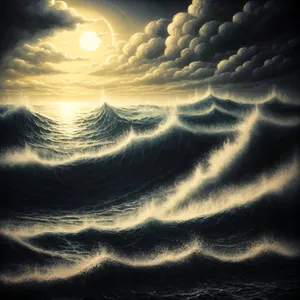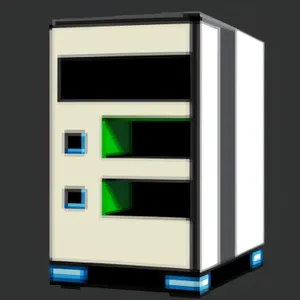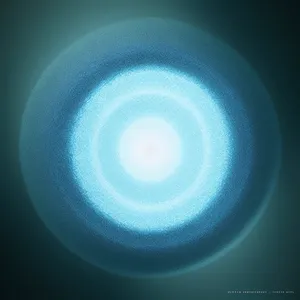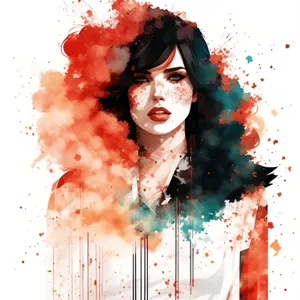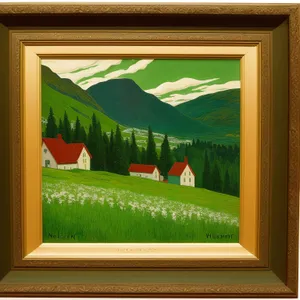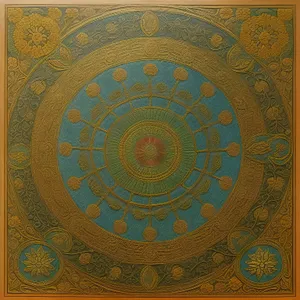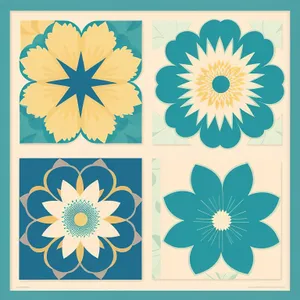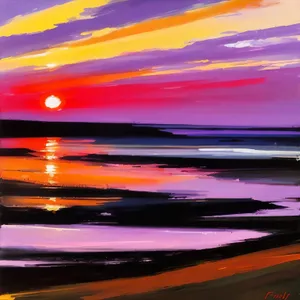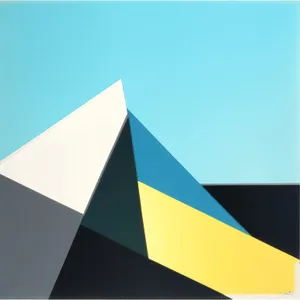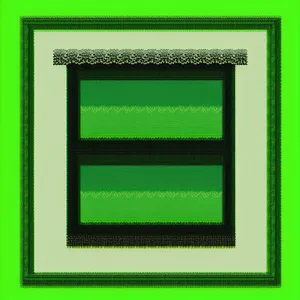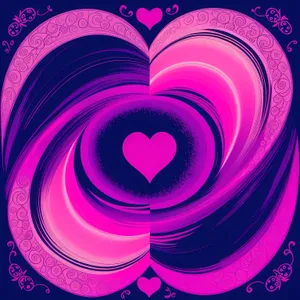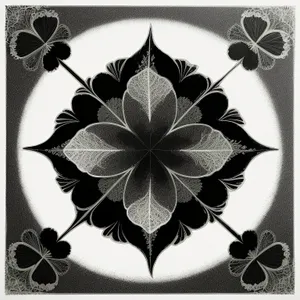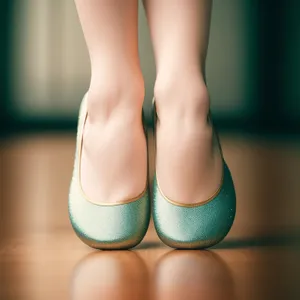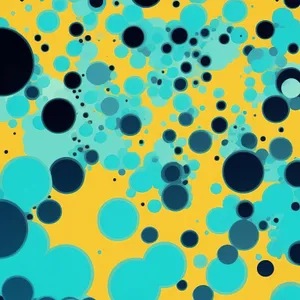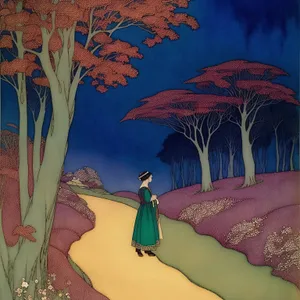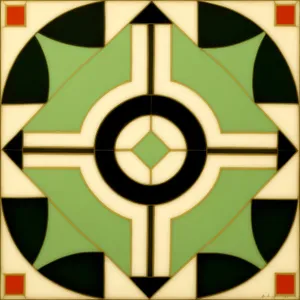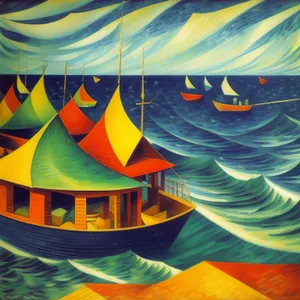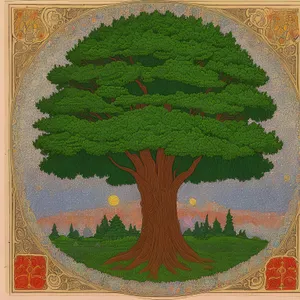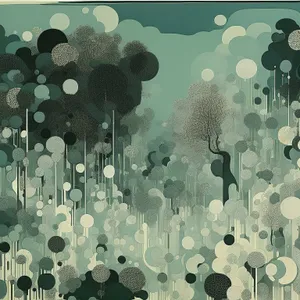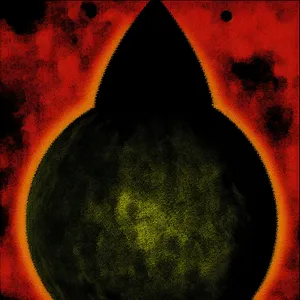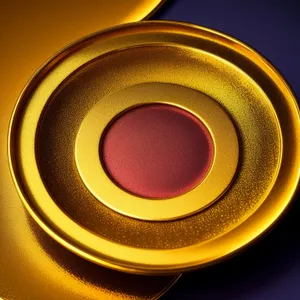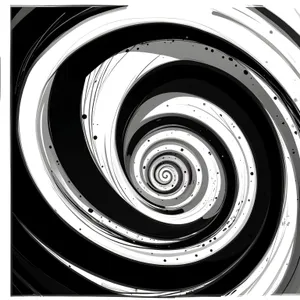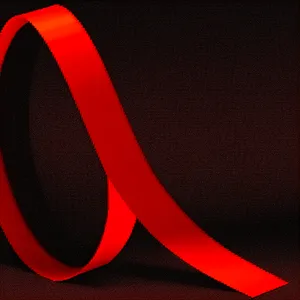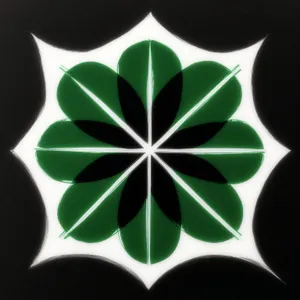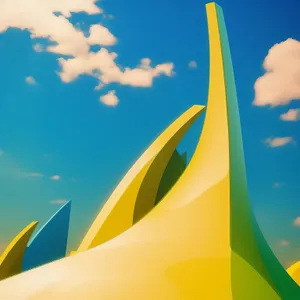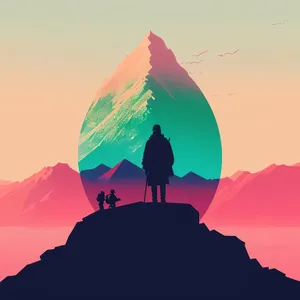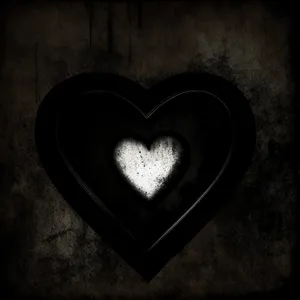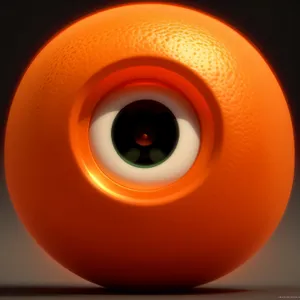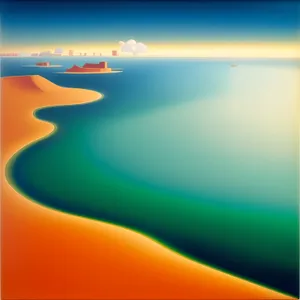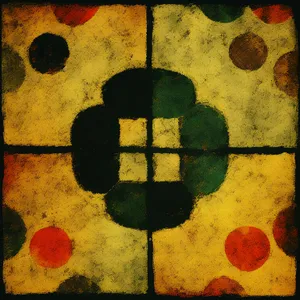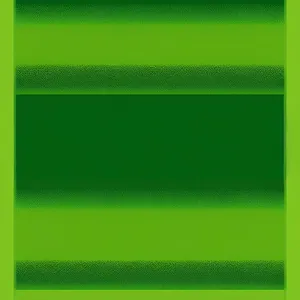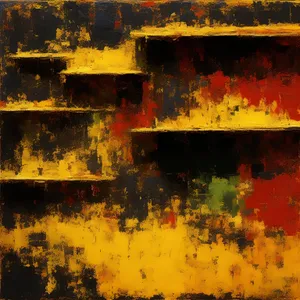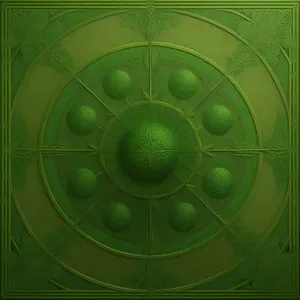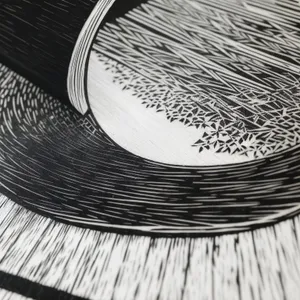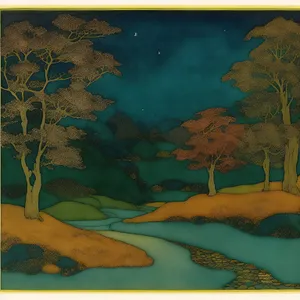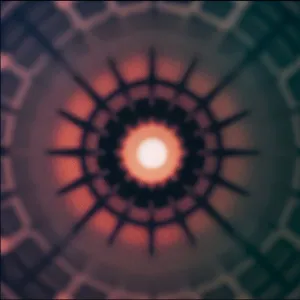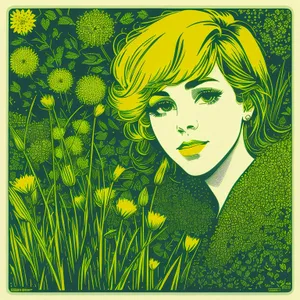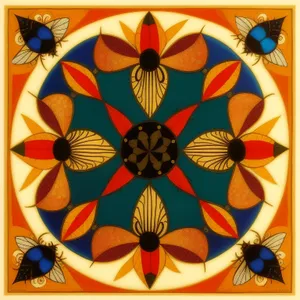Background Pictures, Images and Stock photos
In the vast realm of design and aesthetics, backgrounds play a pivotal role in setting the tone and ambiance of visual compositions. Whether in the digital space, interior design, or the world of art, the elements of shape, pattern, wallpaper, backdrop, and texture weave together to create a rich tapestry that enhances the overall experience. In this article, we will delve into the intricacies of each of these components, exploring their individual significance and their collective impact on the visual landscape.
Shapes:
Shapes are the fundamental building blocks of visual design. From simple geometric forms to intricate organic contours, shapes contribute to the overall structure of backgrounds. The choice of shapes can evoke specific emotions or convey particular messages. For example, sharp angles and clean lines may suggest a modern and streamlined feel, while soft curves can create a more relaxed and organic atmosphere. The interplay of shapes within a background is crucial, as it establishes a visual hierarchy and guides the viewer's gaze through the composition.
Patterns:
Patterns add complexity and visual interest to backgrounds. They can range from simple and repetitive designs to intricate and elaborate motifs. Patterns have the power to evoke cultural, historical, or personal associations. The use of patterns in backgrounds can be subtle or bold, depending on the intended effect. Additionally, the scale and repetition of patterns contribute to the overall rhythm and flow of the visual composition. Whether it's a classic herringbone pattern or a vibrant floral motif, patterns infuse backgrounds with character and personality.
Wallpapers:
Wallpapers have a long and storied history, originating as decorative coverings for walls in interior spaces. In the digital age, the concept of wallpapers has expanded to encompass a wide range of applications, from computer screens to mobile devices. Wallpapers serve as a background canvas for other elements, providing a backdrop that can be both functional and aesthetically pleasing. The choice of wallpaper can reflect personal style, brand identity, or thematic considerations. From minimalist textures to vibrant illustrations, wallpapers have the power to transform a space or digital interface.
Backdrops:
Backdrops serve as the contextual foundation for various scenes, whether in photography, film, or theater. The backdrop sets the stage and establishes the environment in which the main subject or action unfolds. In digital design, backdrops play a similar role, providing a visual context for the content within a given space. The selection of a backdrop involves considerations of color, mood, and theme, as it directly influences the overall visual narrative. Backdrops can be dynamic or static, depending on the desired effect, and are crucial in creating a cohesive and immersive visual experience.
Textures:
Textures add a tactile dimension to backgrounds, inviting the viewer to engage with the visual composition on a sensory level. Whether perceived through touch or simulated visually, textures create depth and nuance. From the smoothness of polished marble to the roughness of weathered wood, textures contribute to the overall aesthetic and narrative of a background. In digital design, the use of texture overlays can simulate the look and feel of various materials, adding a layer of realism and visual interest.
Zoom Background Images
Whether for professional use or social gatherings, selecting the right backgrounds for projects can enhance the overall experience and provide a glimpse into the user's personality or interests.
Professional Environments:
Office Settings: Choose a background that replicates a professional office environment. This could include a tidy desk with a computer, office supplies, and perhaps a view of a city skyline.
Background images for websites: Opt for backgrounds featuring conference rooms or boardrooms to maintain a business-oriented appearance during virtual meetings.
Nature and Scenery:
Beach Scenes: Transport yourself to a serene beach with waves gently crashing or a beautiful sunset. These backgrounds can bring a calming and refreshing atmosphere to your virtual meetings.
Forest or Mountains: Choose a background with lush greenery, towering mountains, or a peaceful forest to create a tranquil and nature-inspired setting.
Artistic and Creative Backgrounds:
Abstract Art: Select vibrant and visually interesting background art design to add a touch of creativity and color to your virtual meetings.
Artistic Patterns: Consider backgrounds with unique patterns or designs to make your virtual space visually appealing without being distracting.
Pop Culture and Fandoms:
Movie or TV Show Posters: Showcase your favorite movie or TV show by using a poster or still image as your Zoom background. This can be a fun conversation starter for colleagues or friends who share similar interests.
Video Game Scenes: Gamers can use background images from their favorite video games to add a touch of nostalgia or excitement to virtual calls.
Travel Destinations:
Landmarks: Transport yourself to iconic landmarks like the Eiffel Tower, Taj Mahal, or Statue of Liberty. It's a great way to express your love for travel and exploration.
Cityscapes: Select images of cityscapes from around the world to give your virtual meetings an urban and cosmopolitan feel.
Geometric Shapes Wallpaper
Symmetry and Order:
Geometric shapes, such as squares, triangles, circles, and hexagons, are inherently symmetrical. This symmetry brings a sense of order and balance to the wallpaper, creating a visually pleasing and harmonious backdrop.
Modern Aesthetics:
Geometric patterns have a timeless and modern appeal. They are often associated with contemporary design and can complement the sleek aesthetics of modern digital interfaces, including smartphones, tablets, and computers.
Versatility in Design:
Geometric shapes offer a wide range of design possibilities. From simple and minimalistic patterns to complex and intricate arrangements, there is a geometric wallpaper background design to suit various preferences and styles. This versatility allows users to find a design that resonates with their unique taste.
Color Play:
Geometric wallpapers can be enhanced with a diverse color palette. Whether you prefer monochromatic schemes for a minimalist look or vibrant colors for a bold statement, geometric shapes provide a canvas for creative and personalized color play.
Focus and Productivity:
Some geometric patterns, such as grids or orderly arrangements, can contribute to a sense of focus and organization. This can be particularly beneficial in professional settings, helping users stay concentrated during work or virtual meetings.
Abstract Expression:
Geometric wallpapers often convey an abstract and non-representational aesthetic. This abstraction allows users to appreciate the visual appeal of shapes and patterns without being tied to specific images, fostering a sense of creativity and open interpretation.
Conclusion:
In the world of design and aesthetics, backgrounds serve as the canvas upon which visual stories unfold. The interplay of shapes, patterns, wallpapers, backdrops, and textures creates a rich and dynamic tapestry that captivates the viewer's senses. Whether in the physical or digital realm, backgrounds set the stage for the main narrative, influencing mood, tone, and overall aesthetic impact. By understanding the nuanced role of each component, designers and creators can craft visually compelling and emotionally resonant backgrounds that elevate the entire visual experience.
What is a background image?
A background image is a graphical or visual element that is displayed behind the content of a webpage or application. It serves as a backdrop to enhance the overall design and aesthetics of the interface. Background images can be used for websites, social media profiles, presentations, or any digital platform where visual appeal is important.
Where to find background images for websites?
There are various sources to find background images for websites:
Stock photo websites: Platforms like Unsplash, Pexels, and Shutterstock offer a wide range of high-quality, royalty-free images.
Creative Commons: Websites like Flickr and Wikimedia Commons provide images under Creative Commons licenses, allowing for free use with attribution.
Design tools: Platforms such as Canva or Adobe Spark often include libraries of images that can be used as backgrounds.
Custom photography: You can also use your own photographs or hire a photographer to create unique background images.
What size image is best for a background?
The ideal size for a background image depends on the specific requirements of your website or application. However, it's generally recommended to use high-resolution images to ensure clarity on various screen sizes. Common aspect ratios include 16:9 or 4:3. Consider using images that are at least 1920 pixels wide for standard desktop displays.
What are virtual backgrounds?
Virtual backgrounds refer to digitally generated images or videos that can be used as a backdrop during video calls or virtual meetings. Platforms like Zoom, Microsoft Teams, and other video conferencing tools allow users to replace their real background with a virtual one. These backgrounds can be static images or dynamic videos, providing users with a customizable and often more professional-looking environment during remote communication.

